Exploring the Historical and Haunted Fort Bridger
Nestled in the vast landscapes of Wyoming, Fort Bridger stands as a beacon of the American frontier’s past. Founded in 1843 by the renowned mountain man Jim Bridger, this site was more than just a fur trading post; it was a pivotal hub on the Oregon, California, and Mormon trails. As pioneers ventured westward, Fort Bridger evolved into a crucial resupply point, later transforming into a station for the Pony Express, the Overland Stage, and the transcontinental telegraph in the 1850s.
A Rich Military Heritage
During the tumultuous period between 1857 and 1890, the U.S. Army seized control of Fort Bridger. It served as a military base during the Utah War and played a significant role in America’s westward expansion. The presence of the military added a layer of complexity to the interactions with local Native American tribes, with whom Jim Bridger had previously traded successfully despite occasional hostilities.
A Portal to the Past
Today, the Fort Bridger State Historic Site encompasses 37 acres of preserved history. Visitors can explore a replica of the original trading post and 27 authentic buildings that have stood the test of time. The site offers engaging tours, live demonstrations, and a peek into ongoing archeological excavations that continue to unearth secrets of the past. It’s not just a journey through history but an immersive experience into the life of the frontier.
Whispers of the Paranormal
Fort Bridger also harbors darker tales, earning it a reputation as one of Wyoming’s most haunted locations. The long history of battles, pioneer-era dangers, and violent encounters has left a spectral imprint on the site. Ghosts of soldiers, who seemingly refuse to abandon their posts, and a heroic military dog, still seen patrolling the grounds, are among the spirits said to inhabit the area. The Fort Bridger Cemetery, within the site, is particularly notorious for paranormal sightings, including a persistent military man who watches over the graves.
Ghostly Encounters and Ethereal Experiences
Visitors and employees have reported numerous ghostly encounters, from shadowy figures fleeting across the landscape to playful spirits interacting with modern technology in the old buildings. These paranormal happenings, whether seen as thrilling or chilling, add an intriguing layer to the historical significance of Fort Bridger, making it a must-visit for those who dare to delve into the spectral side of history.
Fort Bridger invites the curious, the brave, and the scholarly to explore its grounds, where history and mystery walk hand in hand. Whether you’re a history buff, a paranormal enthusiast, or simply intrigued by the old West, Fort Bridger offers a unique glimpse into a bygone era, peppered with tales of bravery, tragedy, and the unexplained.



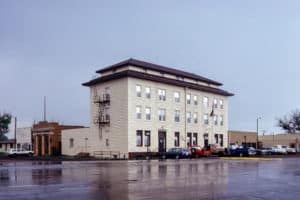


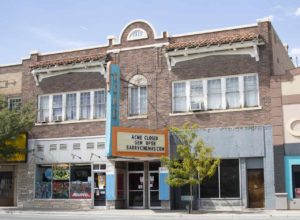
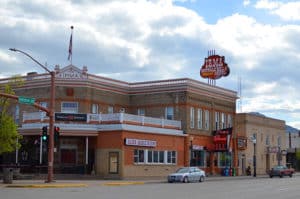
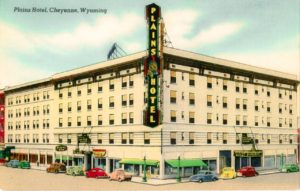
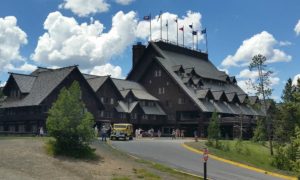
Leave a Reply